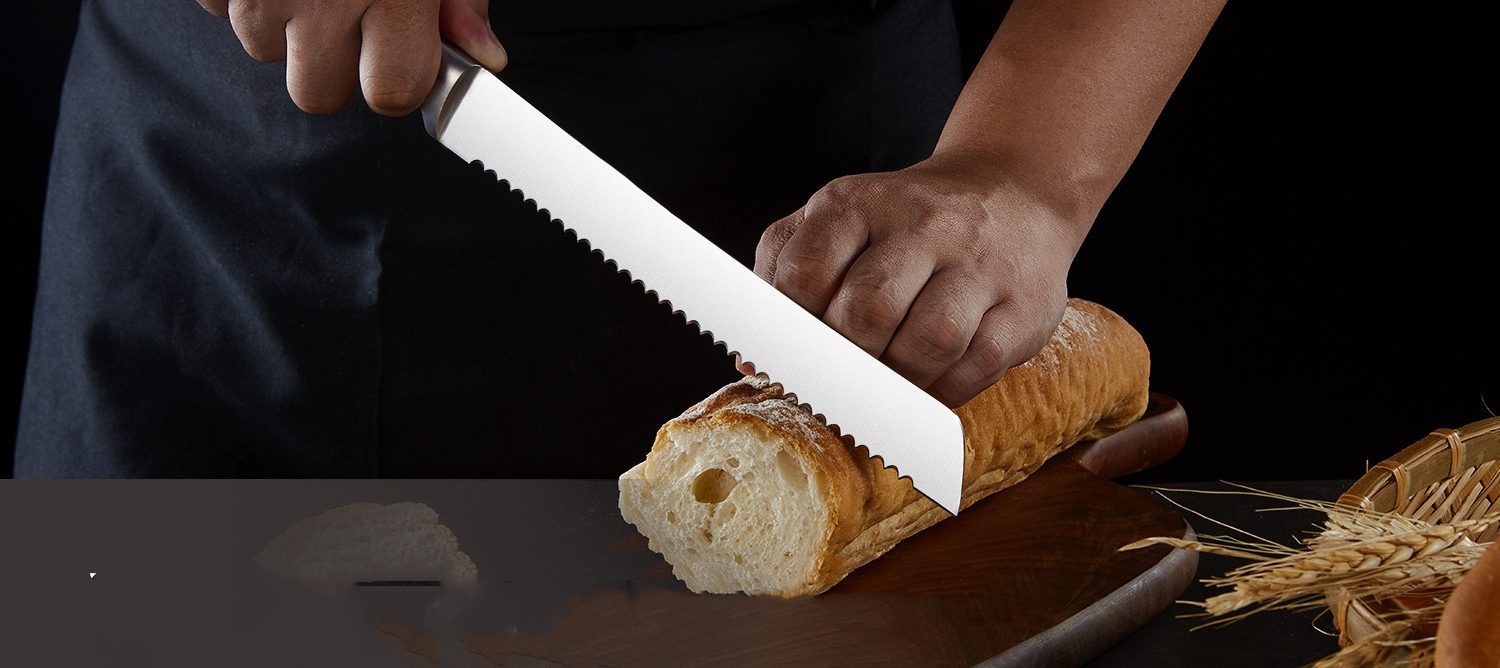Paring knife, one of the most important knives in your collection, is a good set of knives for any chef.
In this blog article, we’ll discuss everything you need to know about paring knives, including
- what they are
- what they’re used for
- how to identify them
- how to choose the best one for your kitchen.
Click a link below to jump to that section:
- Why Is It Called a Paring Knife?
- How Do You Identify a Paring Knife?
- Where Can I Use Paring Knife?
- What Type of Fruit Would You Use a Paring Knife For?
- Can You Cut Vegetables With Paring Knife?
- What Is the Difference Between a Paring Knife and a Chef’s Knife?
- Is a Petty Knife the Same as a Paring Knife?
- Is a Paring Knife Worth It?
- What to Look for When Buying a Paring Knife
- Do You Need to Sharpen a Paring Knife?
- Tips for Using a Paring Knife
Why Is It Called a Paring Knife?
The term “paring” refers to the action of trimming, peeling, or removing the outer layers of something.
This is what a paring knife is used for – it is perfect for trimming, peeling, and removing the outer layers of small fruits and vegetables.
The term “paring” was first used in the early 1500s in the context of gardening. It was later adopted by chefs to refer to the task of trimming and peeling fruits and vegetables.
How Do You Identify a Paring Knife?
A paring knife is usually recognizable by its small size and sharp blade. It is usually between two and four inches long, and can have a straight, serrated, or curved blade.
It can also be made from different materials such as stainless steel, carbon steel, or ceramic.
The handle of a paring knife is typically designed to provide a secure grip, and can be made from a variety of materials such as wood, plastic, or rubber.
Where Can I Use Paring Knives?
The small size and sharp blade of a paring knife make it ideal for tasks that require precision and control. It is also a great tool for chefs who are looking to add a personal touch to their dishes.
What Type of Fruit Would You Use a Paring Knife For?
A paring knife is ideal for cutting, peeling, and trimming small fruits and vegetables. This includes apples, oranges, lemons, limes, pears, peaches, plums, nectarines, and apricots.
Can You Cut Vegetables With Paring Knife?
Yes, you can cut vegetables with a paring knife. It is perfect for slicing, dicing, and chopping small vegetables such as onions, garlic, peppers, mushrooms, and tomatoes.
What Is the Difference Between Paring Knife and a Chef’s Knives?
A paring knife and a chef’s knife are two different types of knives that have different uses. A paring knife is a small, sharp knife that is perfect for peeling, trimming, slicing, and dicing small fruits and vegetables.
A chef’s knife is larger and heavier, and is designed for cutting and chopping larger pieces of meat, fish, and vegetables.
Is a Petty Knife the Same as a Paring Knife?
No, a petty knife is not the same as a paring knife. A petty knife is a small knife with a straight blade that is typically between two and four inches long.
It is designed for precise tasks such as cutting and slicing small fruits and vegetables, and is often used for decorative tasks such as carving garnishes.
A paring knife is also a small knife with a sharp blade, but it is typically between two and four inches long, and can have a straight, serrated, or curved blade.
It is perfect for peeling, trimming, slicing, and dicing small fruits and vegetables.
Is a Paring Knife Worth It?
Yes, a paring knife is worth it. It is an essential tool for any chef and is perfect for a variety of tasks in the kitchen.
It is great for slicing, dicing, and chopping small fruits and vegetables, as well as trimming and de-veining shrimp and fish. It can also be used for more intricate tasks such as peeling, trimming, and carving decorative garnishes.
What to Look for When Buying Paring Knives
When buying a paring knife, there are a few things to consider.
First, you should look for a knife that has a sharp, durable blade.
You should also look for a comfortable handle that provides a secure grip.
Finally, you should look for a knife that is made from a high-quality material such as stainless steel, carbon steel, or ceramic.
Tips for Using Paring Knives
Here are some safety rules for using a paring knife:
- Always use a cutting board when using a paring knife.
- Make sure your knife is sharp before using it.
- Keep your fingers away from the blade when cutting.
- Cut away from your body to avoid accidents.
- Make sure to store your knife in a safe place.
Conclusion
A paring knife is an essential tool for any chef. It is a small, sharp knife that is perfect for peeling, trimming, slicing, and dicing small fruits and vegetables.
When choosing a paring knife, look for a knife that has a sharp, durable blade and a comfortable handle.
If you are about to purchase customized paring knife, send us an inquiry for further discussion.






[…] knife: The paring knife with satisfying heft is ideal for peeling fruit. The small size(normally 3.5 inch) makes it easier […]
Exactly. 3.5” paring knife is a perfect blade length for peeling fruit such as apple and pear, thanks for your comment btw.